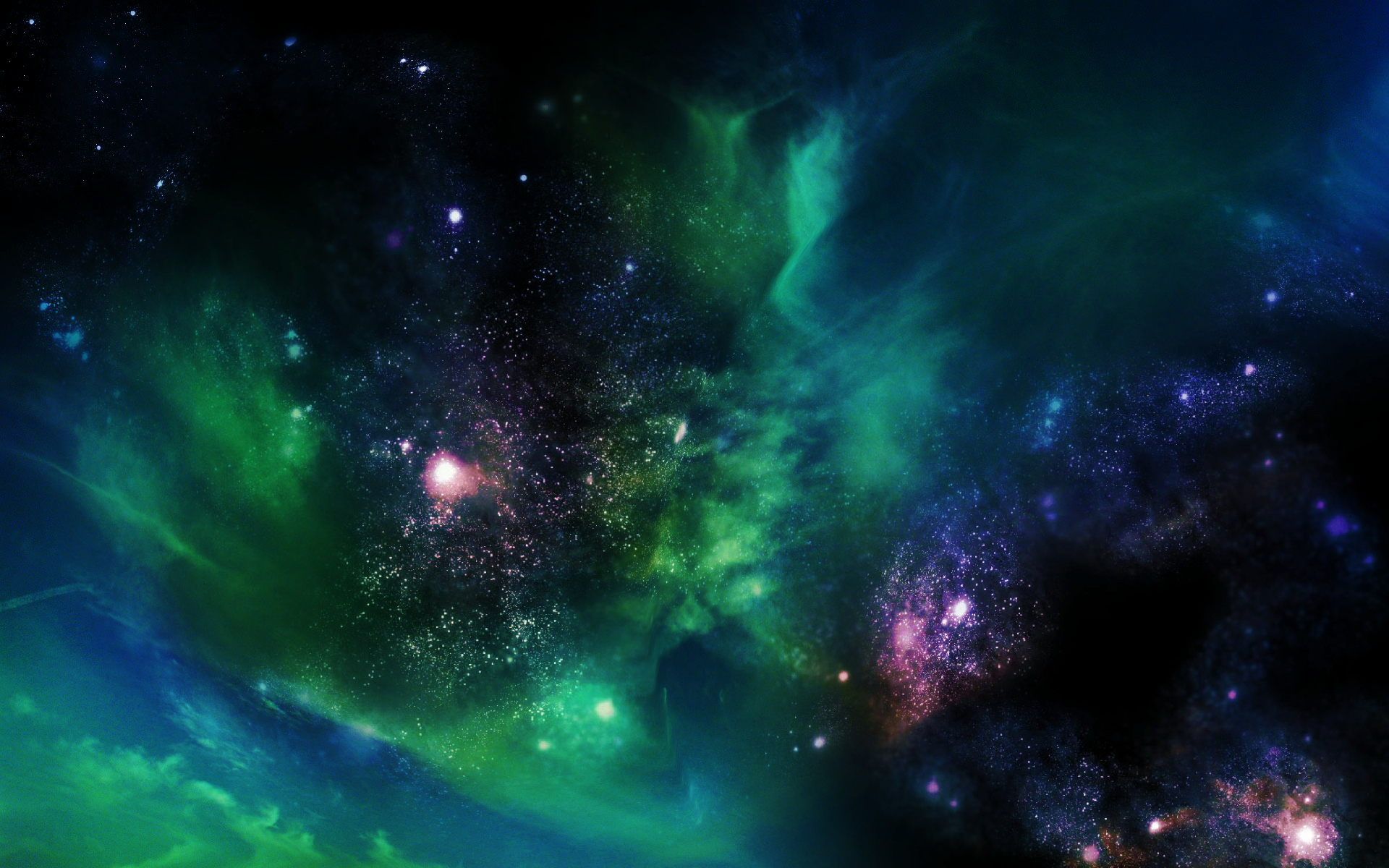
Crisp, clear images of a "hot Jupiter" system captured by a physicist were vital in determining that a newly found planet inhabits a three-star system, a phenomenon documented only a few times before.

A newly deployed space telescope has struck pay dirt almost immediately, discovering a quasar - a superheated region of dust and gas around a black hole - that is releasing jets at least seventy times hotter than was thought possible.

An infant star lights up the nebula IC 2631 in this remarkable new image from the MPG/ESO 2.2-m telescope at ESO's La Silla Observatory, Chile.

A Japanese space telescope with X-ray vision sharpened by Canadian technology heads into orbit on Friday. Canadian scientists believe it will help them solve longstanding mysteries about black holes and supernovas.

Are there Earth-like planets in a neighboring star system? A new campaign called “Pale Red Dot” aims to show the public in real-time how to push astronomy to its limits to possibly find out.

Astronomers using the Nobeyama 45-m Radio Telescope have detected signs of an invisible black hole with a mass of 100 thousand times the mass of the Sun around the center of the Milky Way.

NASA has announced that they've installed the first of the James Webb Space Telescope's mirrors. The part is one of eighteen that will eventually be bolted to the satellite, which is set to launch in 2018.

The world's fourth-largest optical telescope has a new experiment coming online.

In January 2002, astronomers discovered a massive explosion coming from V838 Monocerotis. They initially thought they were witnessing a supernova, but after the initial flash of light began to dim (as expected), it began to brighten again in infrared wavelengths at the beginning of March. After that brightening faded, another one happened in April.

The pulsar at the center of the famous Crab Nebula is a veritable bundle of energy. Astronomers observed the pulsar in the area of very high energy gamma radiation from 25 up to 400 gigaelectronvolts (GeV), a region that was previously difficult to access with high energy instruments, and discovered that it actually emits pulses with the maximum energy of up to 400 GeV -- 50 to 100 times higher than theorists thought possible. These latest observations are difficult for astrophysicists to explain.

The European Southern Observatory (Eso) has linked up its four telescopes of the Very Large Telescope (VLT) at the Paranal Observatory to form a virtual

Humanity's most complex ground-based astronomy observatory, the Atacama Large Millimeter/submillimeter Array (ALMA), has officially opened for astronomers. The first released image, from a telescope still under construction, reveals a view of the Universe that cannot be seen at all by visible-light and infrared telescopes. Thousands of scientists from around the world have competed to be among the first few researchers to explore some of the darkest, coldest, furthest, and most hidden secrets of the cosmos with this new astronomical tool.

The IceCube Neutrino Observatory, built over a decade at a cost of $271 million, is buried under the South Pole... and longer than the world

The various spiral arm segments of the Sunflower galaxy, also known as Messier 63, show up vividly in a new image taken in infrared light by NASA